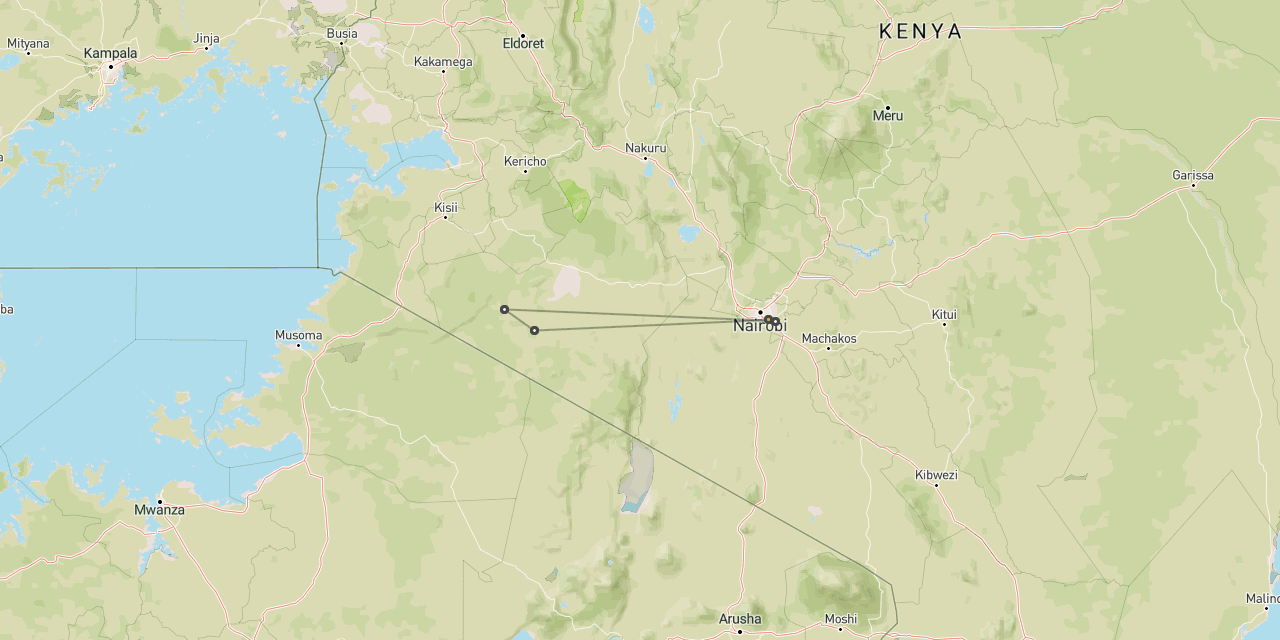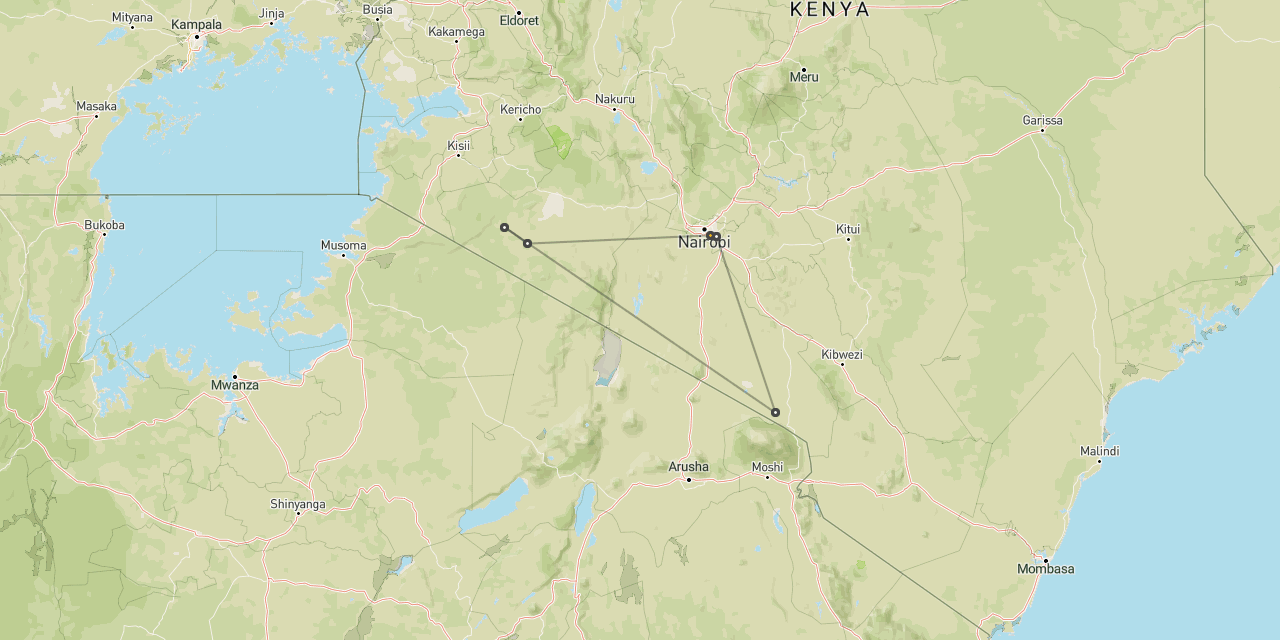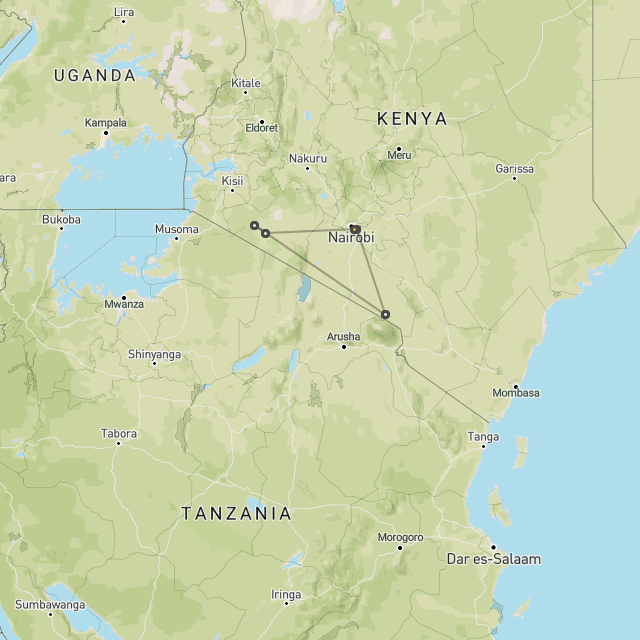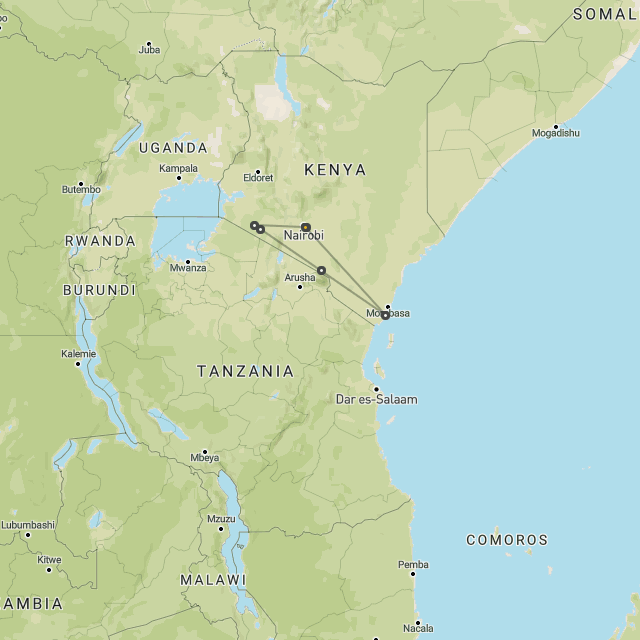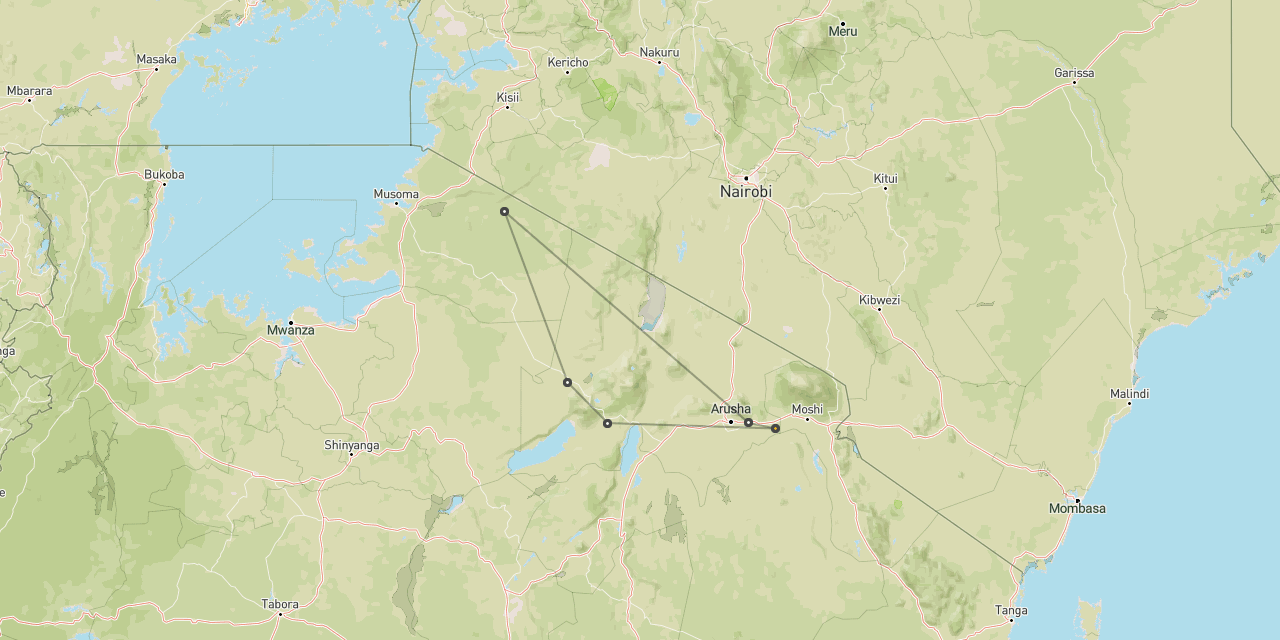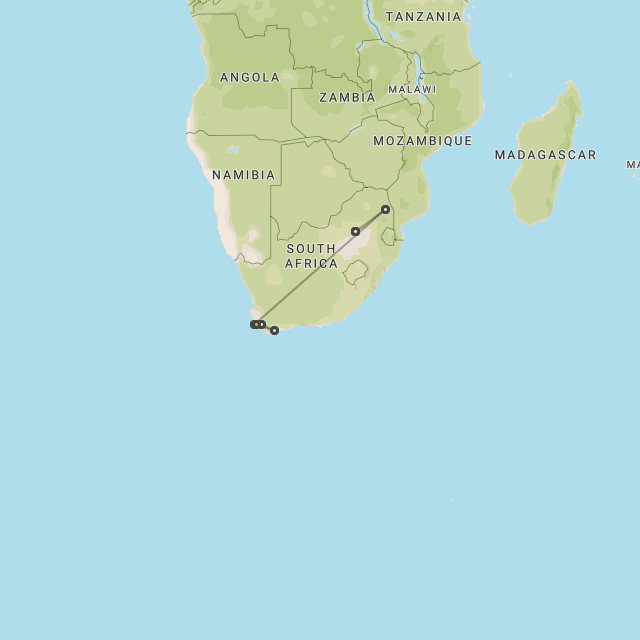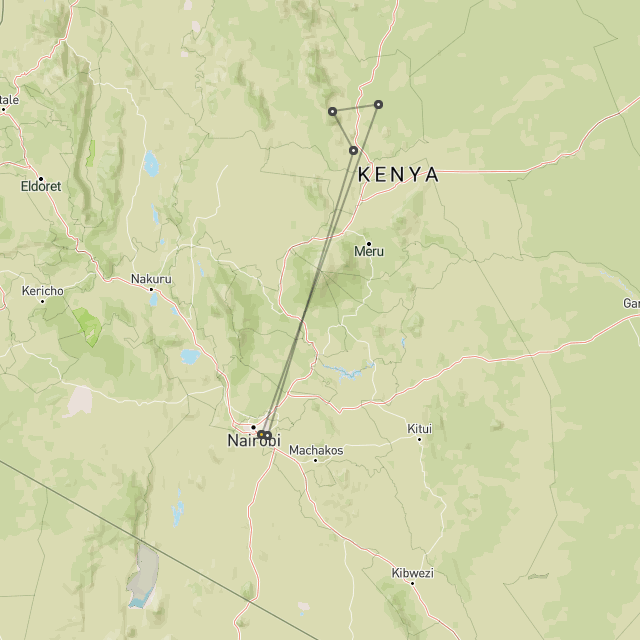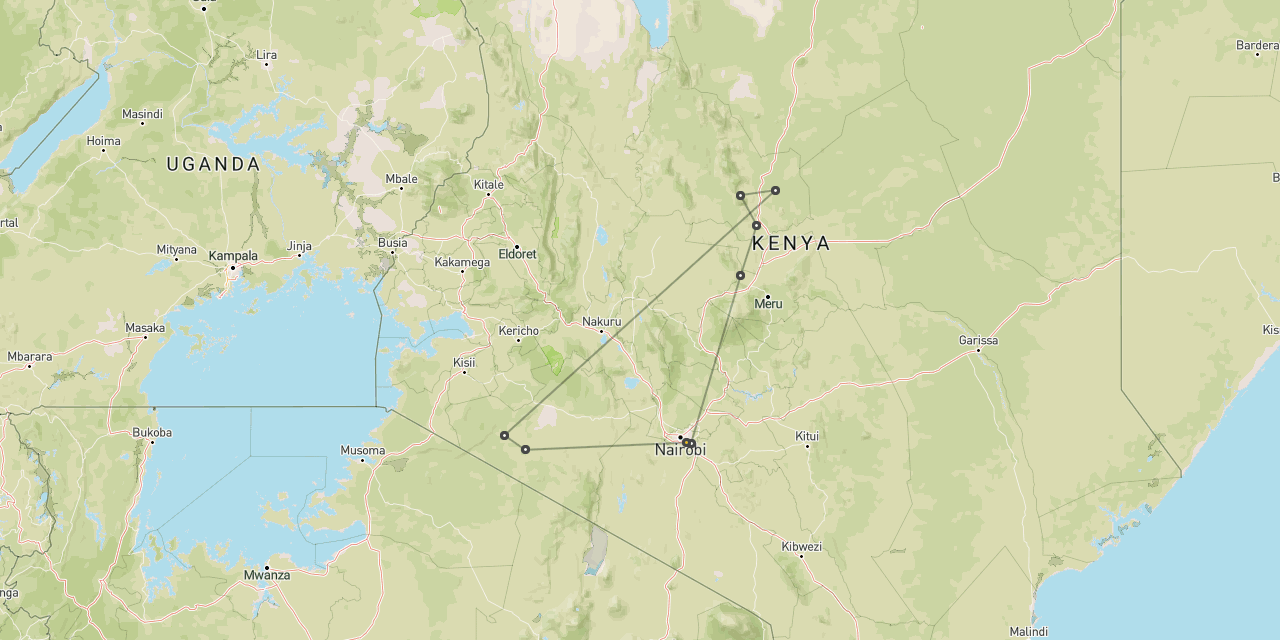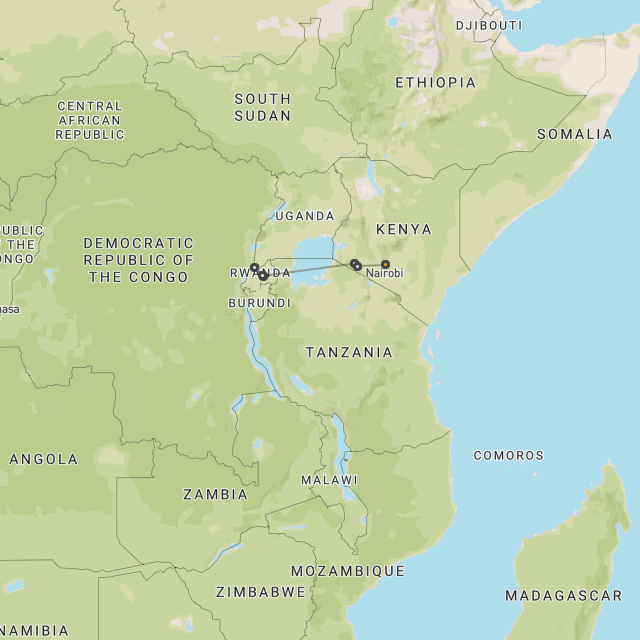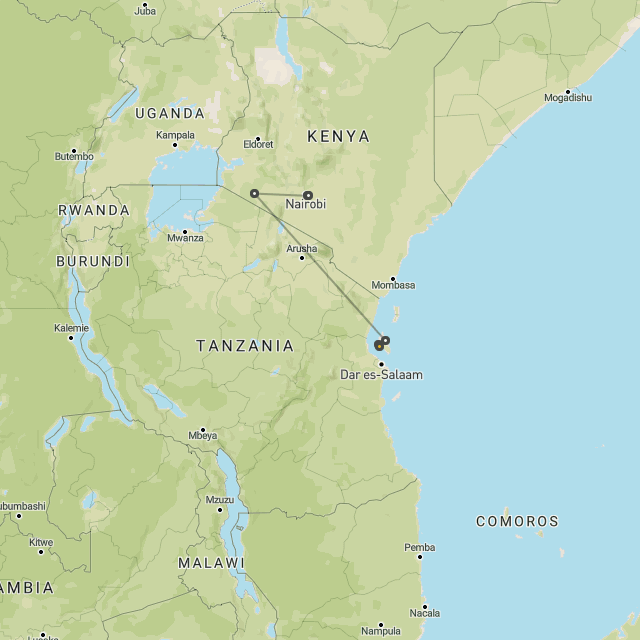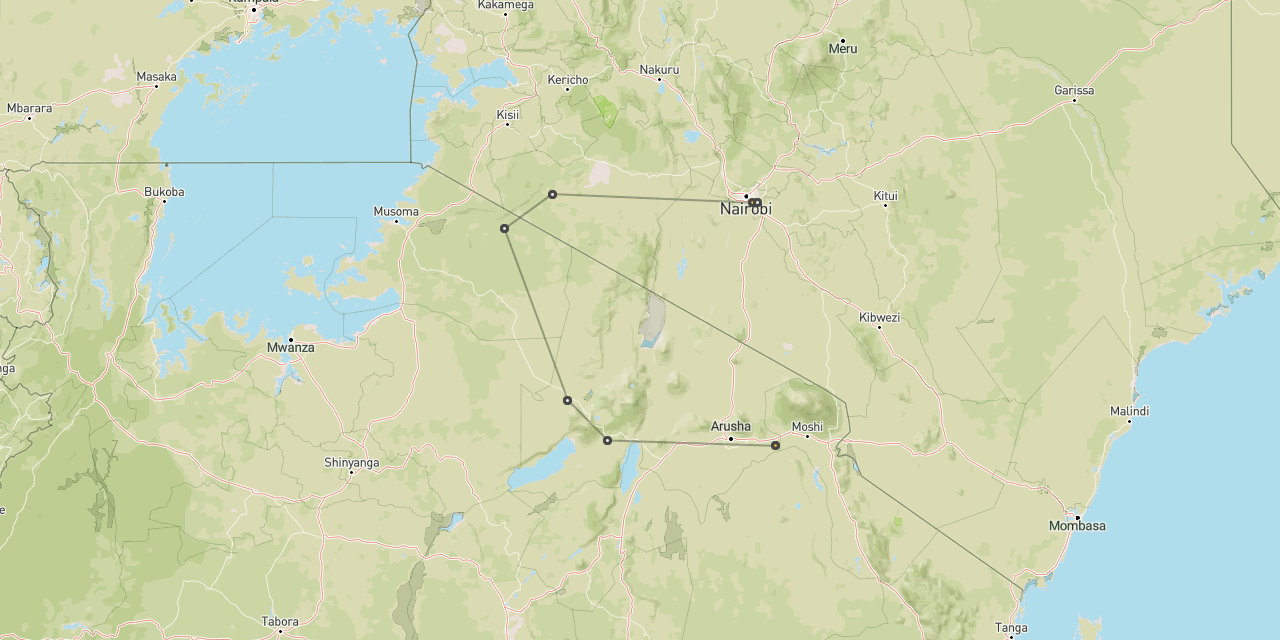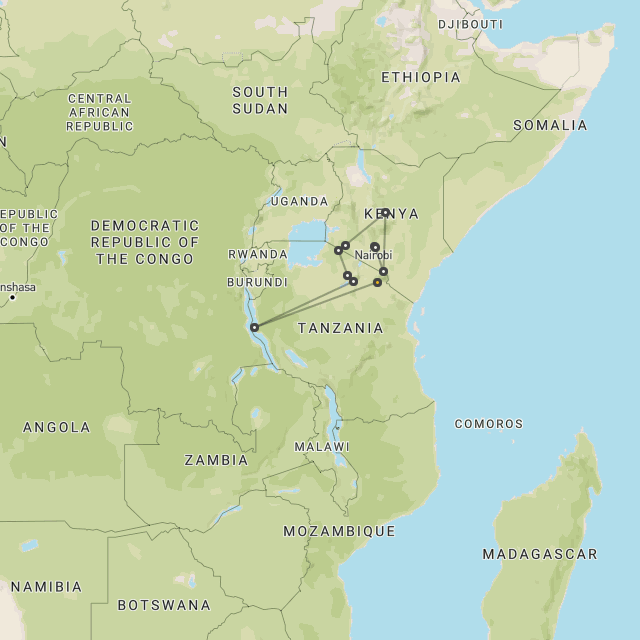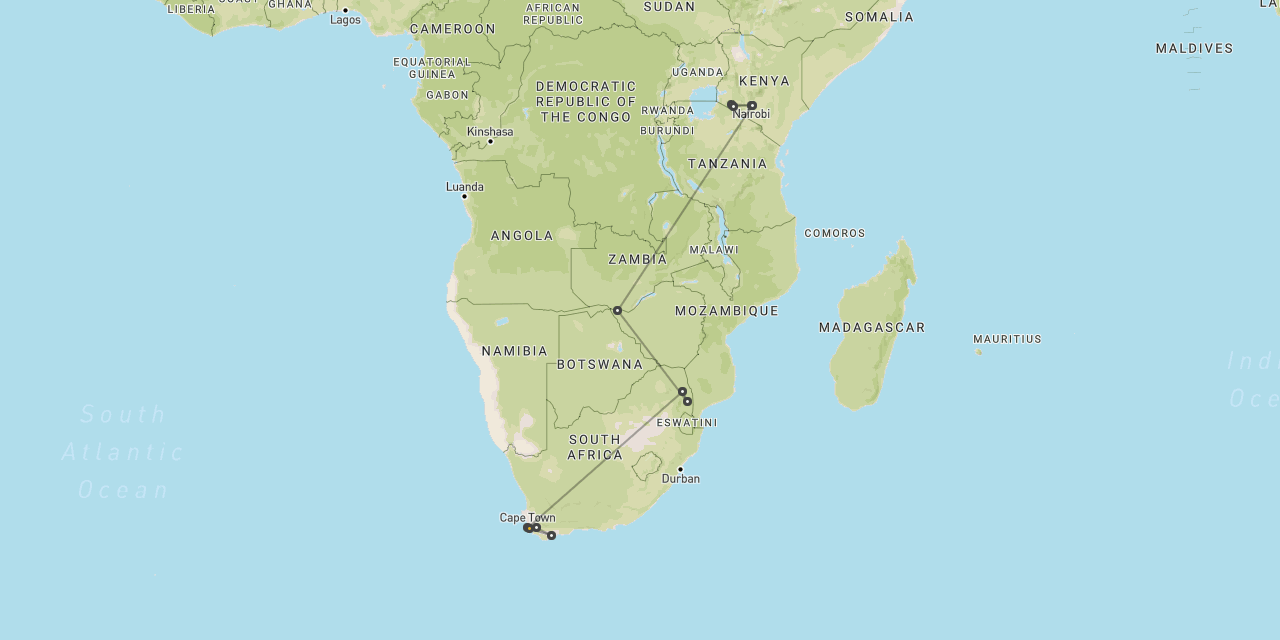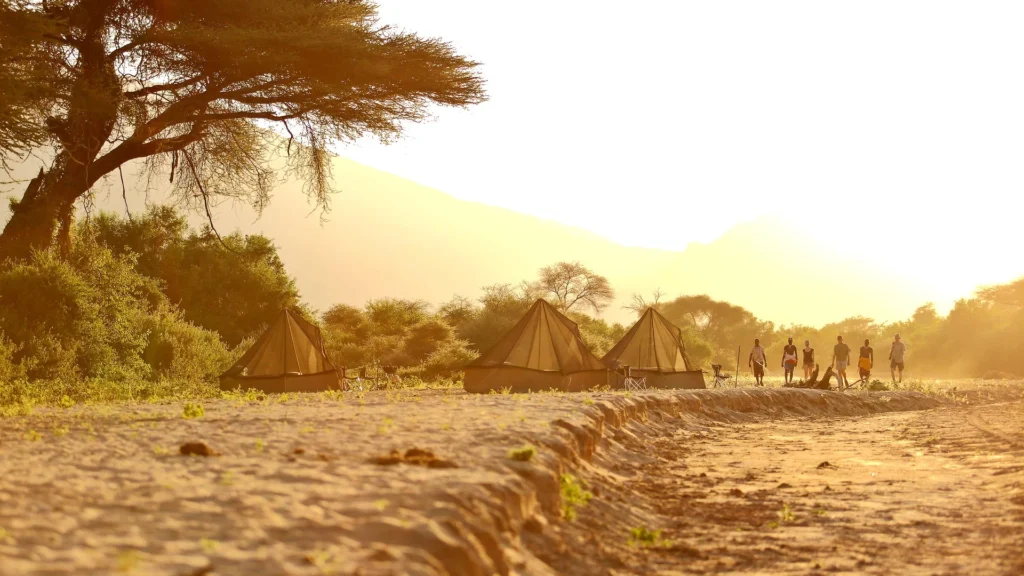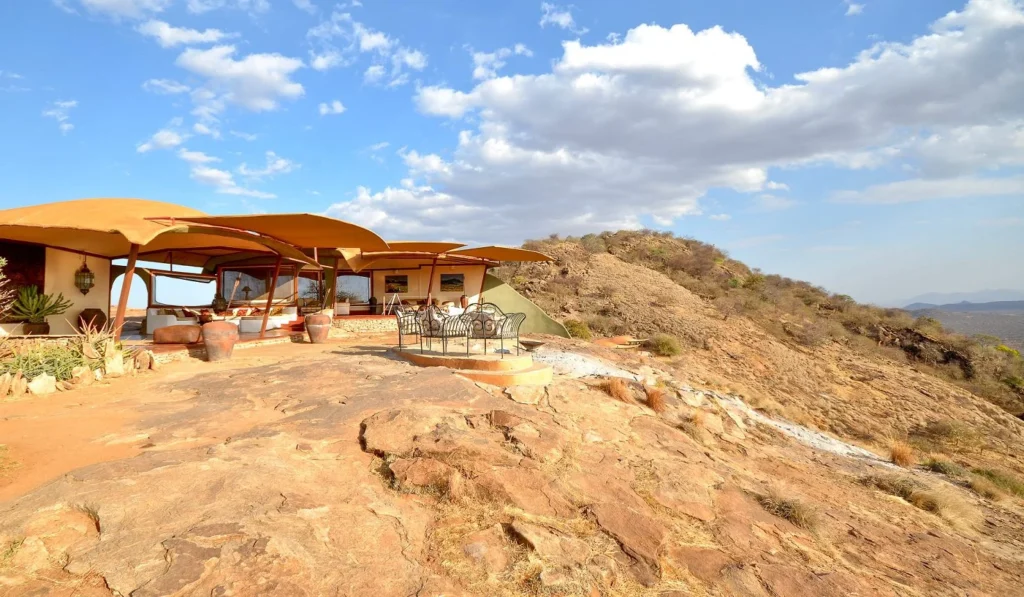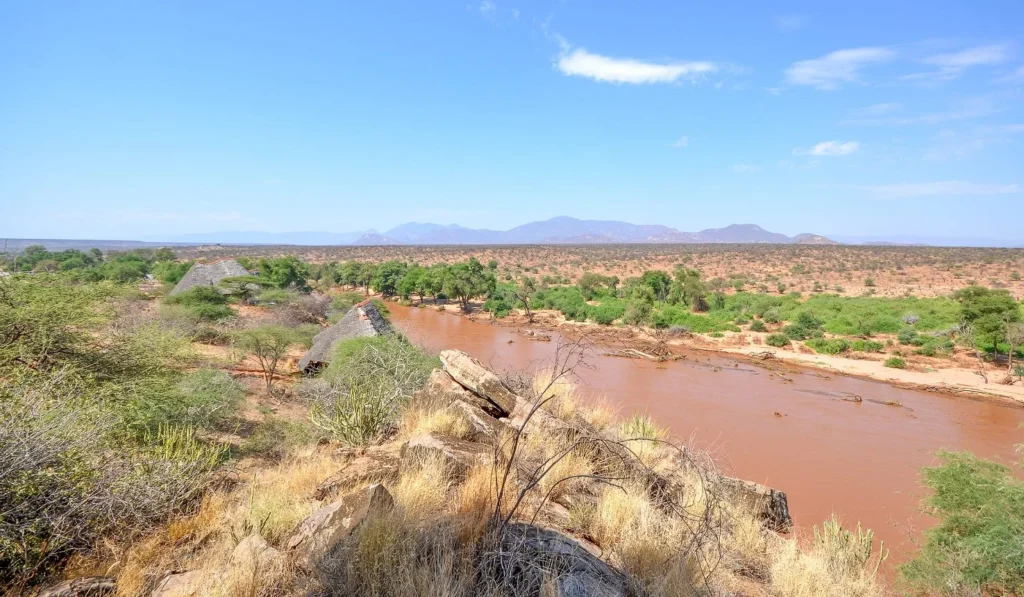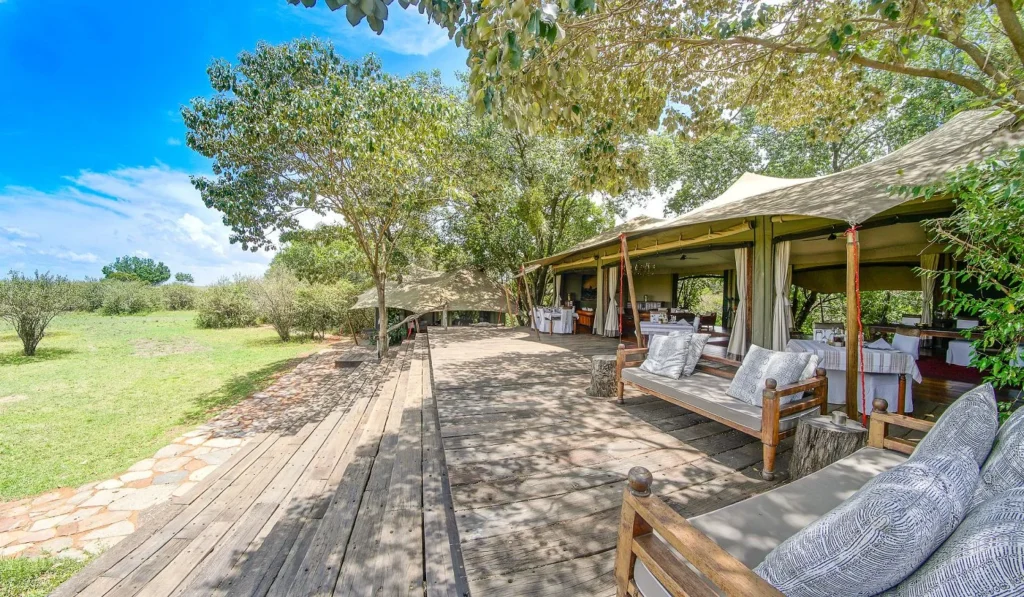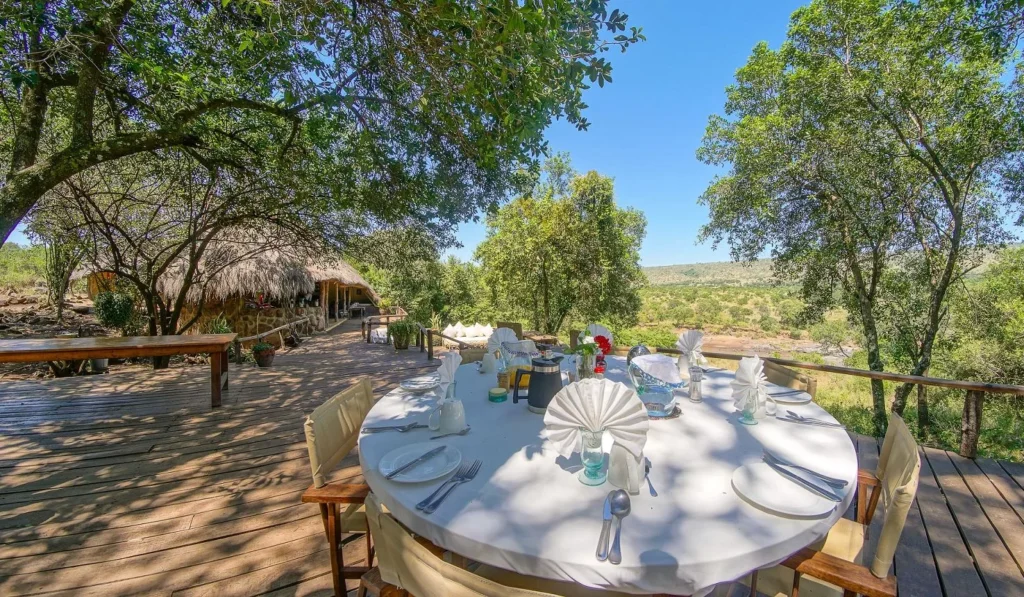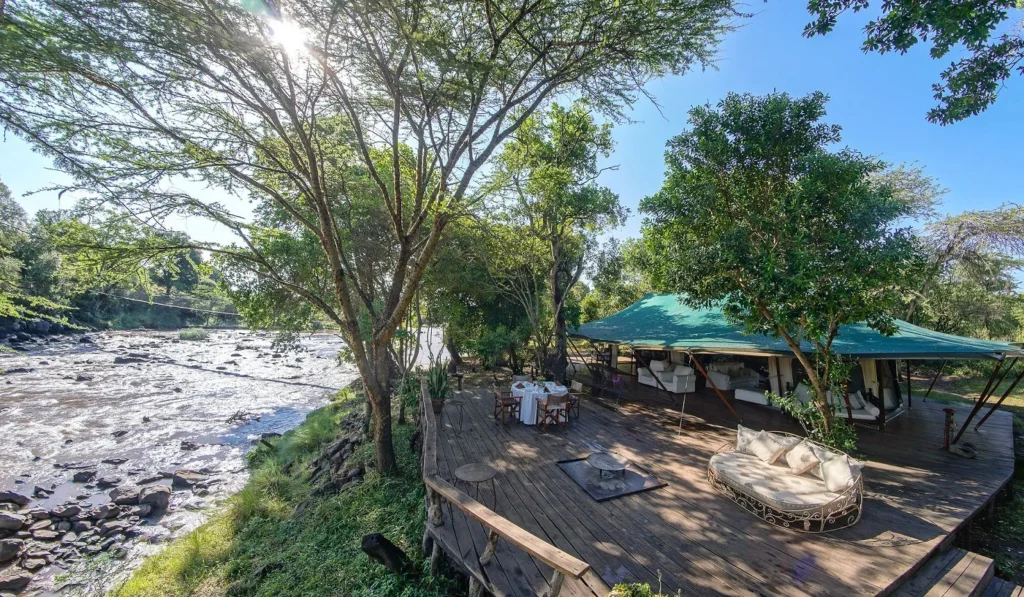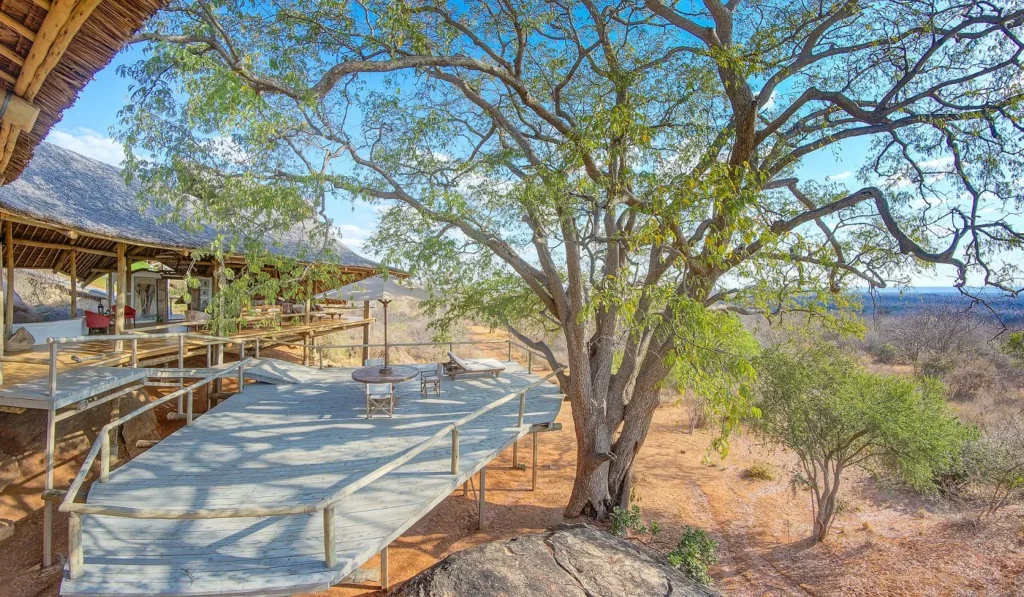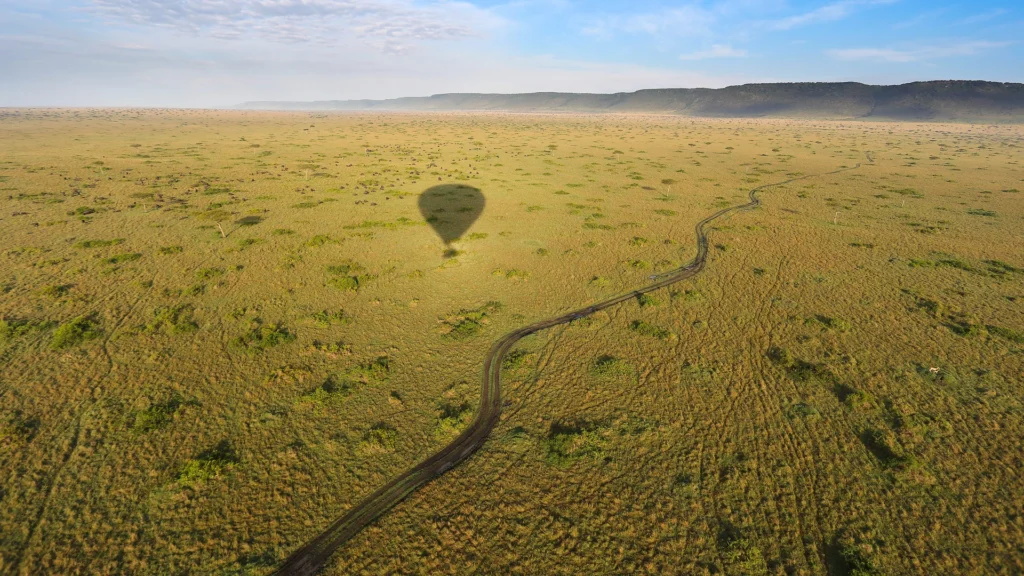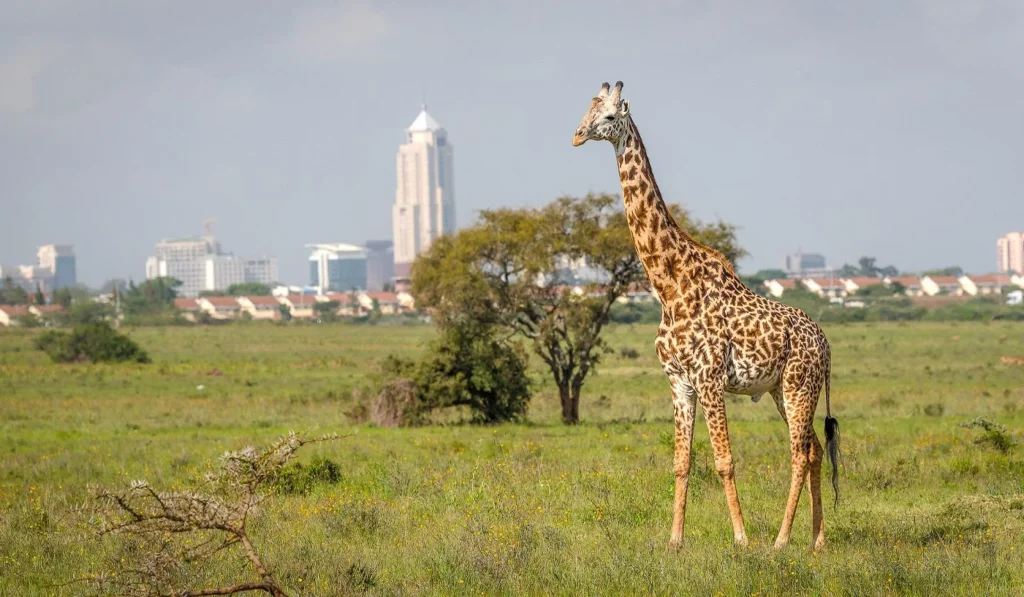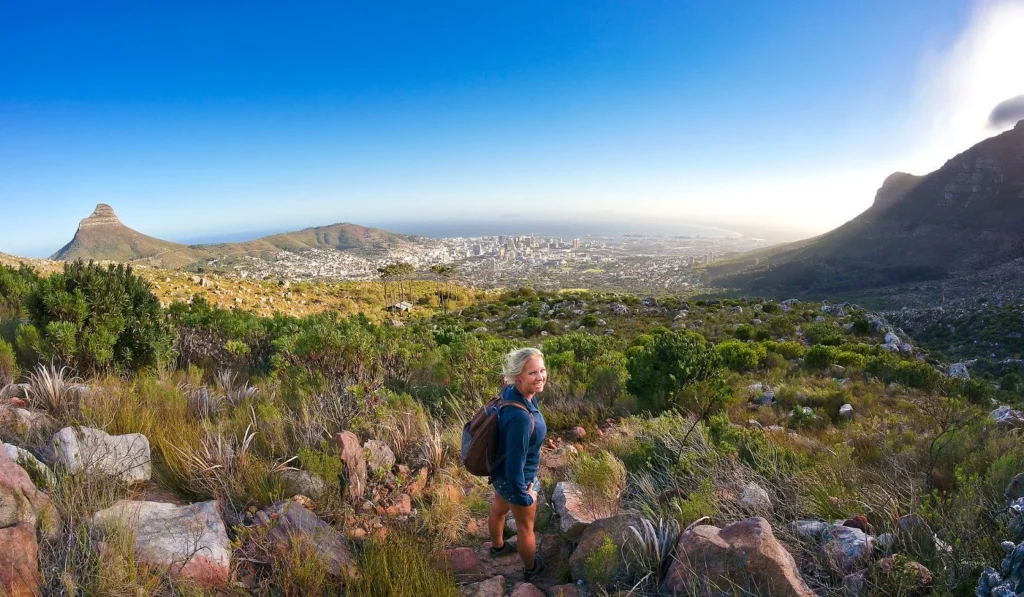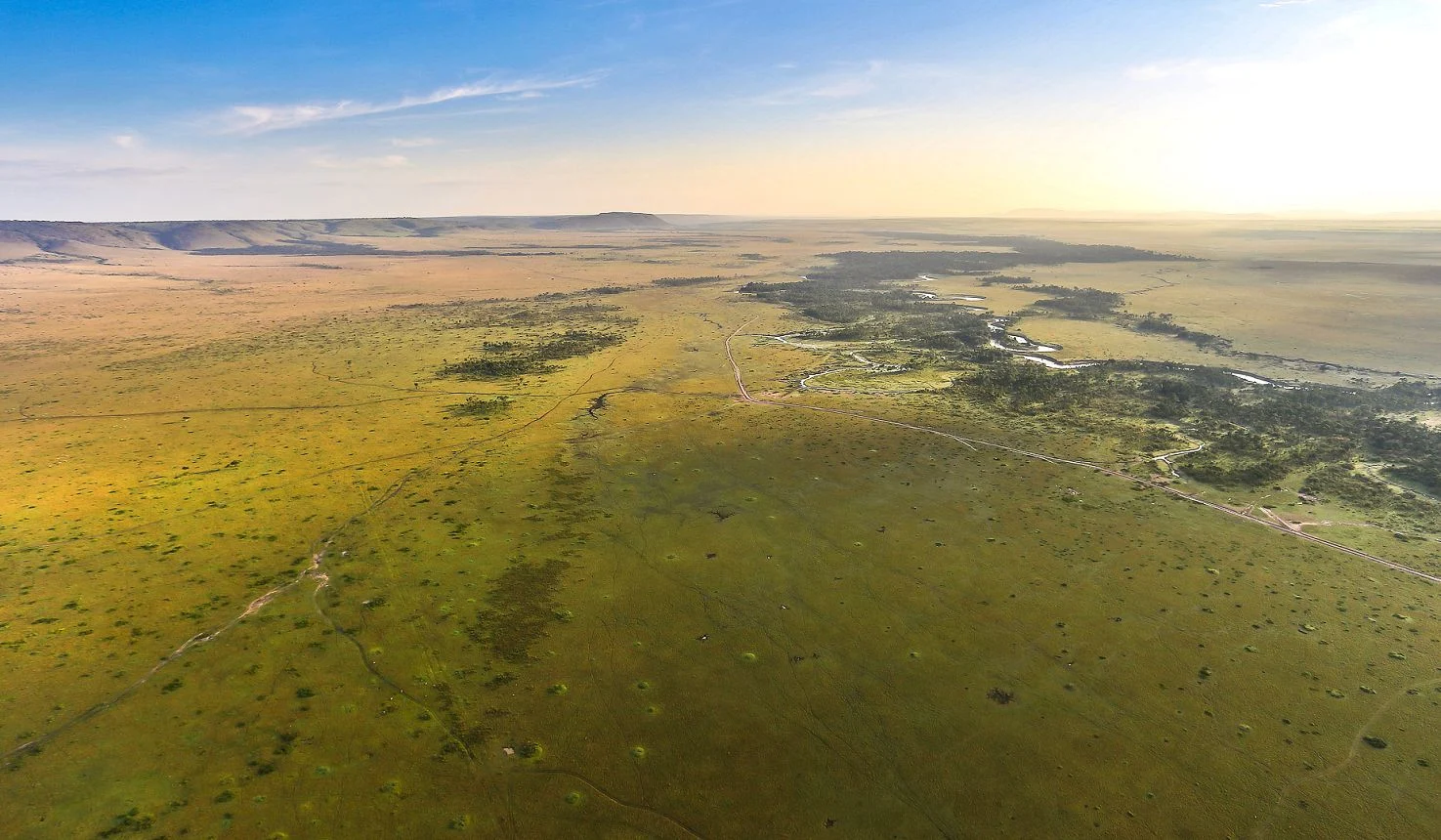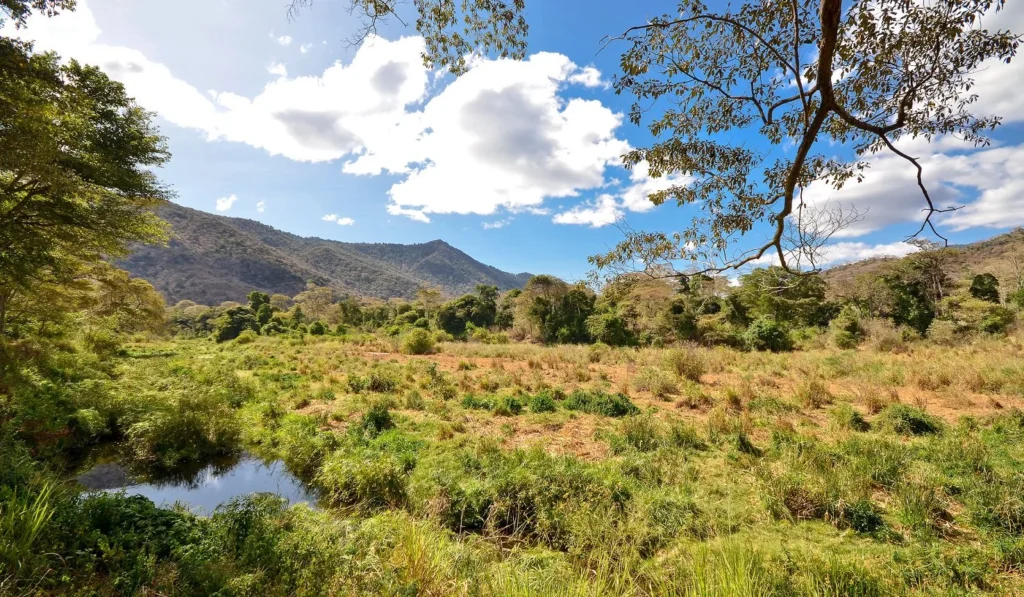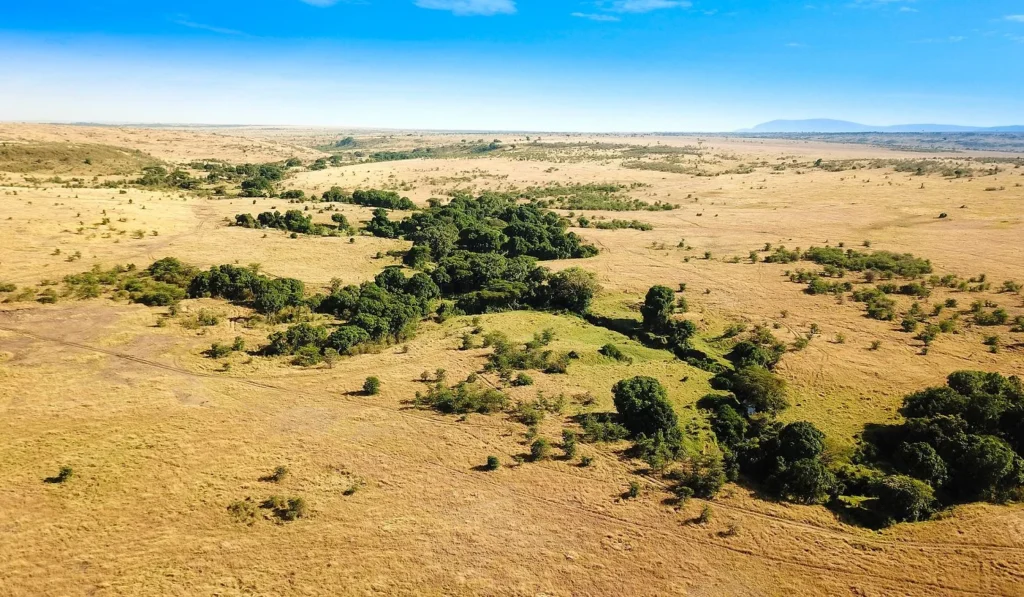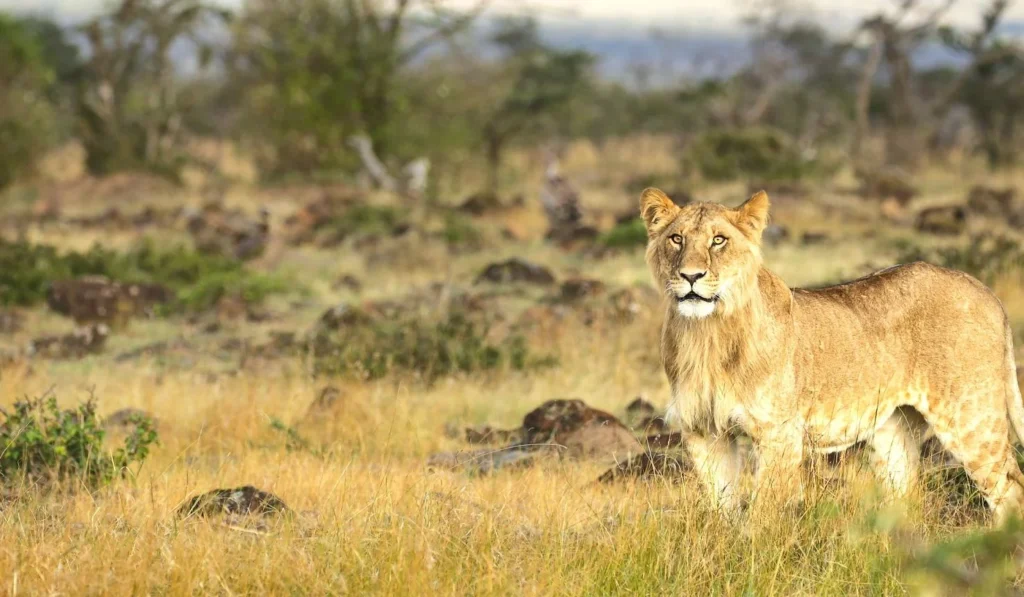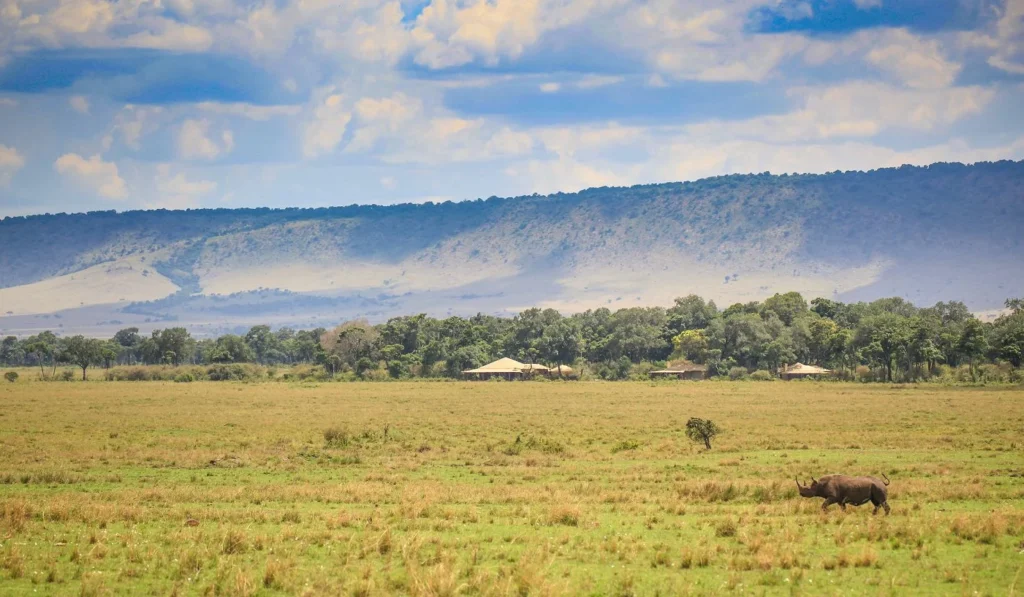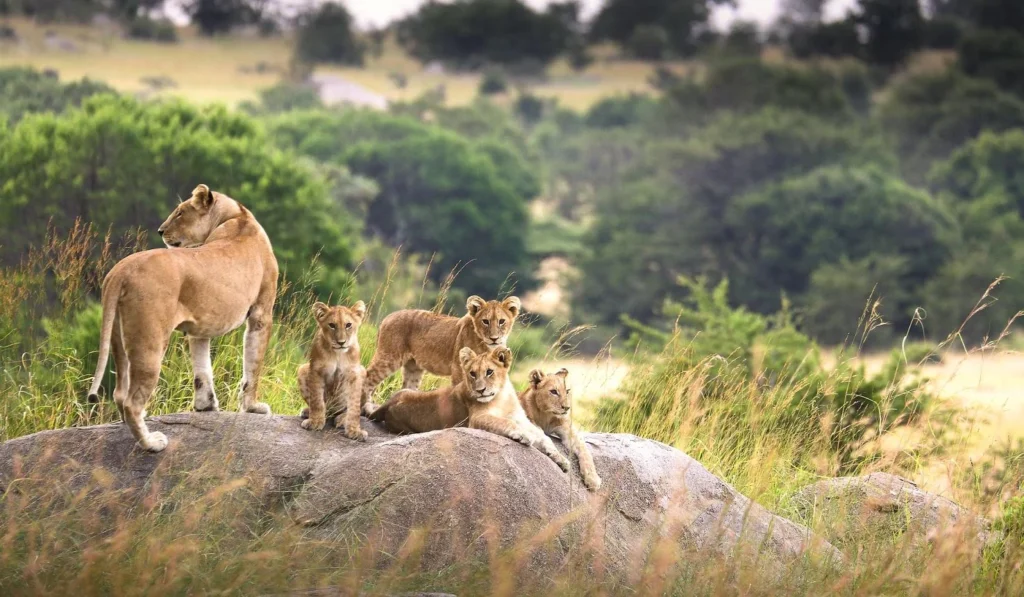
Conservation, wildlife and culture in Samburu
Samburu
is an historic reserve
with diverse wildlife and cultures
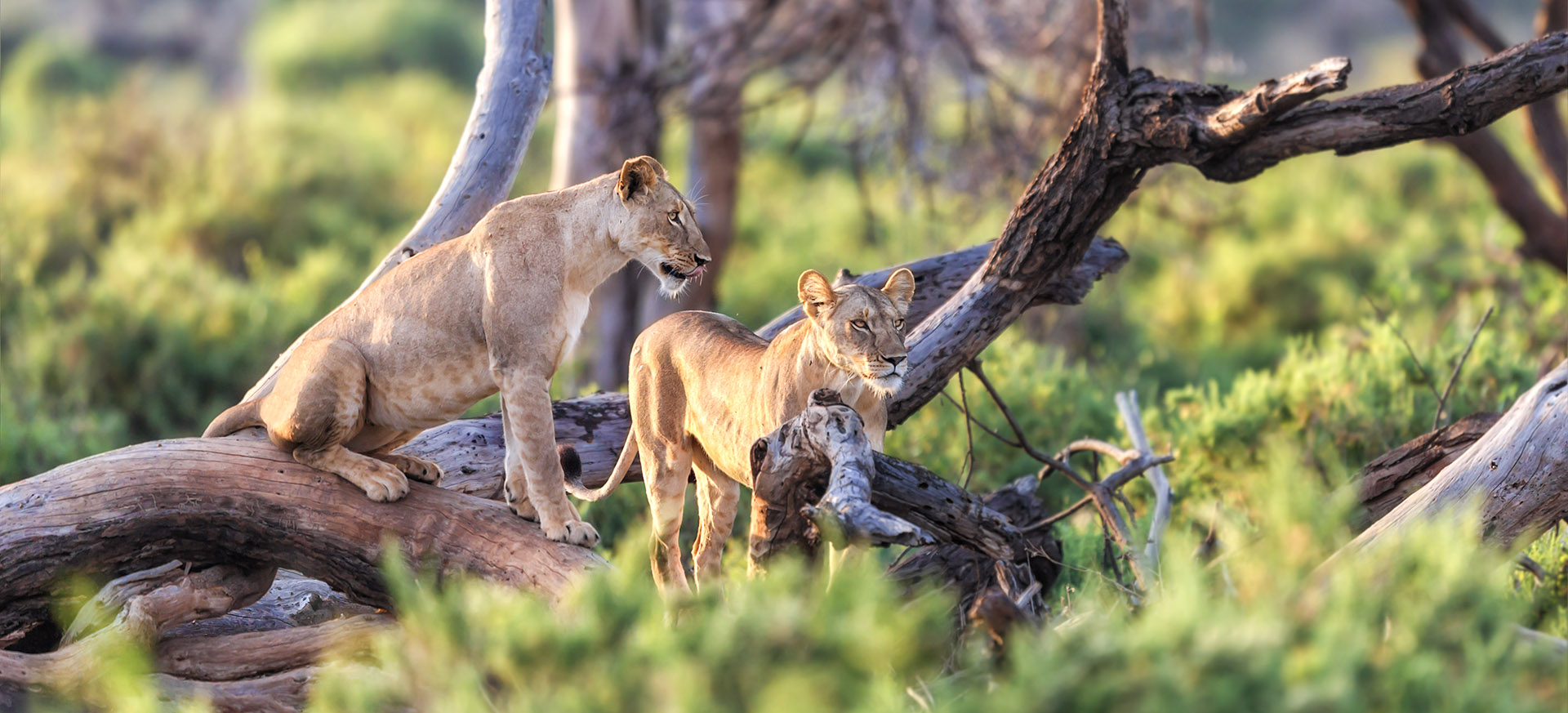
Key information …
The three neighbouring conservation areas of Samburu National Reserve, Buffalo Springs National Reserve and Shaba Game Reserve all have their origins in the British colonial period.
During the 1960s this region was one of the key areas in which conservationists George and Joy Adamson raised Elsa, the lioness made famous in the best selling book and award winning movie Born Free.
It’s worth noting that Samburu’s status as a national reserve should, in theory, afford it a great level of protection, notably against poachers. The other two areas fall under local jurisdiction and have suffered much more from the problem, to the extent that Shaba has been virtually unusable since around 2010.
origins back in the British colonial period
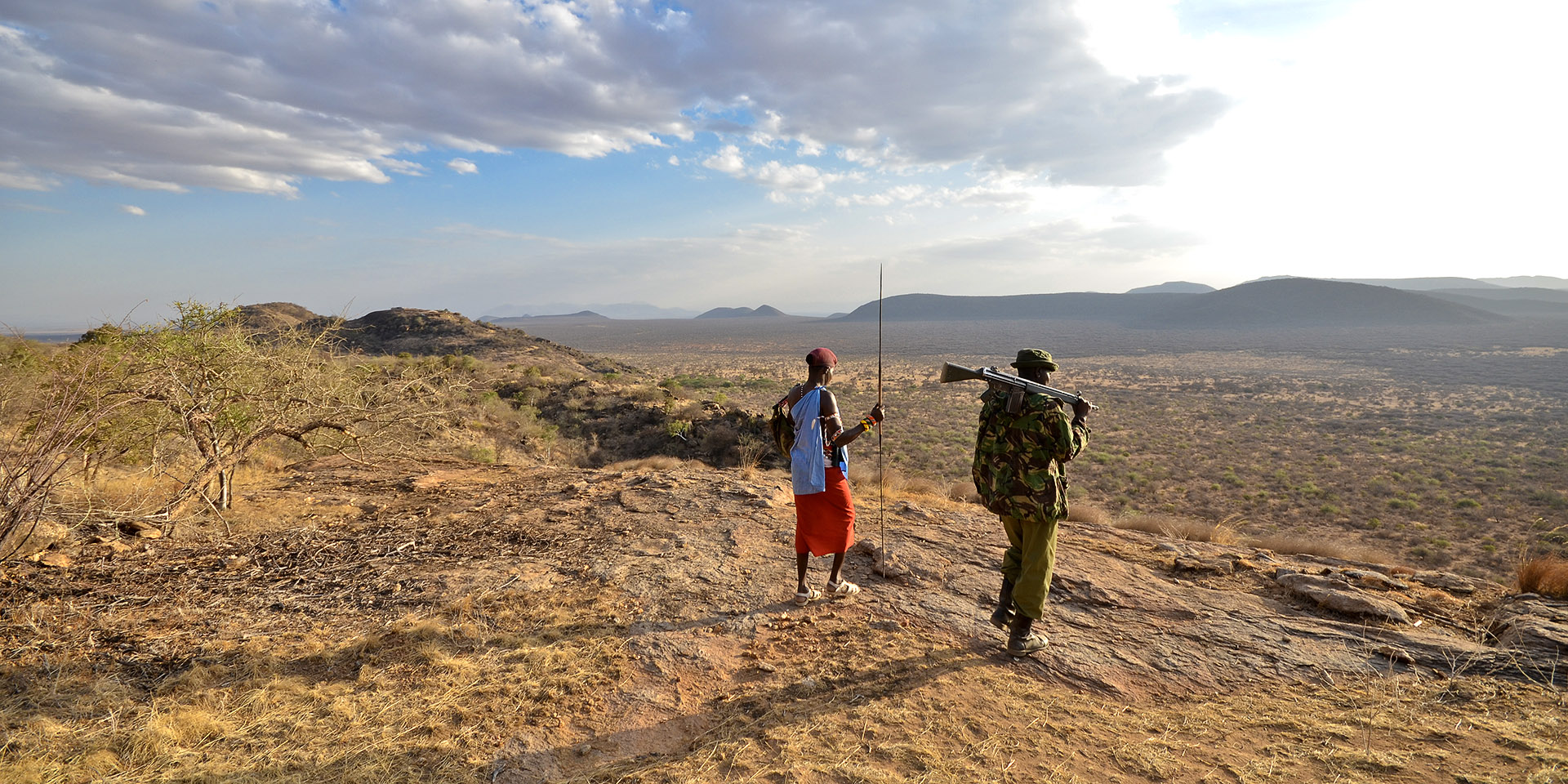
The greater Samburu safari area is comprised of several separate conservation areas …
At 165 sq km (63 sq mi), Samburu National Reserve lies on the north bank of the Ewaso Nyiro River, to the west of Archer’s Post on the main north road.
At 131 sq km (51 sq mi), Buffalo Springs National Reserve lies across the river to the south and effectively forms part of the same conservation area.
At 239 sq km (92 sq mi), Shaba Game Reserve lies on the eastern side of the main road and is relatively little-visited these days due to a lack of quality accommodation and pressure from poachers and herders.
At 461 sq km (178 sq mi), the Kalama Community Conservancy is a much larger area which lies immediately to the north of Samburu, which is operated as a reserve in partnership with the local villagers, but which has no river frontage and therefore usually has more sparse wildlife.
At 405 sq km (156 sq mi), the West Gate Community Conservancy is another larger village-owned area, this time to the west of Samburu, a mixed use area (meaning that there are people and domestic stock in some areas), also usually with slightly lower wildlife densities than the core reserves.
The primary feature of the Samburu area the Ewaso Nyiro River, which flows north from the distant Aberdare Mountains and then turns east to wind its way through otherwise parched acacia scrub and sparse grasslands, fringed by a shock of verdant hardwood forests and characteristic doum palms.
The surrounding landscapes are a mix of arid plains and light acacia woodlands, set against rolling hills and set against a backdrop of impressive free-standing granite mountains.
For most of the year the river is a broad shallow ochre-coloured stream that runs gently between sand bars and can easily be forded on foot. It can even run completely dry some years, causing great stress to the local wildlife, with the hippos digging in under the banks to stay cool and the elephants digging for water.
Every few years, usually in November or April, this gentle river turns into a raging torrent and spreads out across the landscape, often washing away large trees, bridges and even whole safari camps. Fortunately there’s usually enough advanced notice of these flood events to evacuate the area.
Incidentally, the river terminates in the famous Lorian Swamp, in an inaccessible part of northeast Kenya, somewhere we would love to explore, but which we dare not visit for security reasons.
The flora of the area varies enormously year round, with the usually arid plains often transforming into lush grasslands during the Nov-Apr green season, with striking flowers including the pink desert roses and scarlet cork bark trees.
an extensive network of community conservation areas
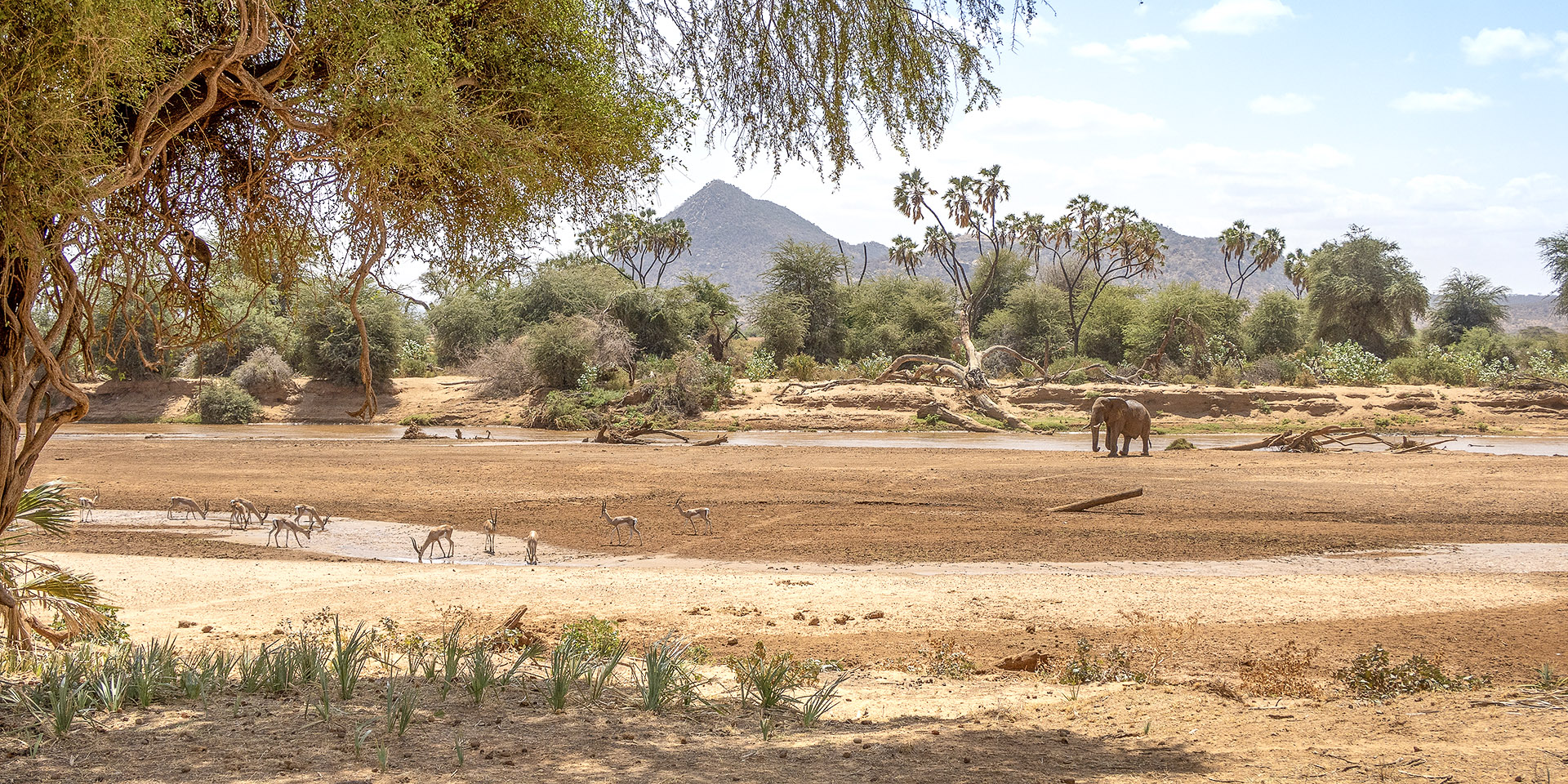
Here in Samburu the river and its fringing woodlands make it possible for a wide range of wildlife to survive and thrive in this otherwise harsh environment.
The area is home to some less familiar species which are characteristic of the area, notably including Grevy’s (imperial) zebras, Beisa oryx, gerenuks and reticulated giraffes.
Elephants are a big feature, with a population of around 900 individuals. The continued healthy state of the local herds largely owes thanks to the pioneering conservation efforts of zoologist Iain Douglas-Hamilton, whose daughters Shaba and Dudu operate the renowned Elephant Watch Camp inside the reserve.
There’s also a good range of predators, including lions, leopards, cheetahs, wild-dogs and spotted hyenas.
Also present are good numbers of buffaloes, elephants, hippos and crocodiles, as well as olive baboons, warthogs, Grant’s gazelles, Kirk’s dik-diks, impalas and waterbucks.
Rhinos are unfortunately extinct in this area due to poaching (although there are good numbers of rhinos in the nearby Mathews Range and Lewa Downs areas).
Almost all of the wildlife migrates in towards the river during the May-Oct dry season and disperses into the hinterlands should rainfall during the converse Nov-Apr green season.
interesting and unusual northern species

The dominant tribe in the area is the Samburu, who are closely related to the Maasai and wear a similar traditional dress.
They are traditionally pastoralists, but also turn their hands to farming and other trades.
These pleasant, intelligent and photogenic people are in evidence throughout the safari areas, acting as guards, guides and staff at the lodges.
Spending time with them will, most likely, be a real highlight of your visit.
a major feature of any good safari to this area

let us know your thoughts about Kenya
and we will help you create the perfect trip

Extraordinary tailor-made adventures,
from earthy and edgy to easy and extravagant
From around USD 2500 per person, you set the ceiling
Sample Trips
Here are some of our popular trip shapes
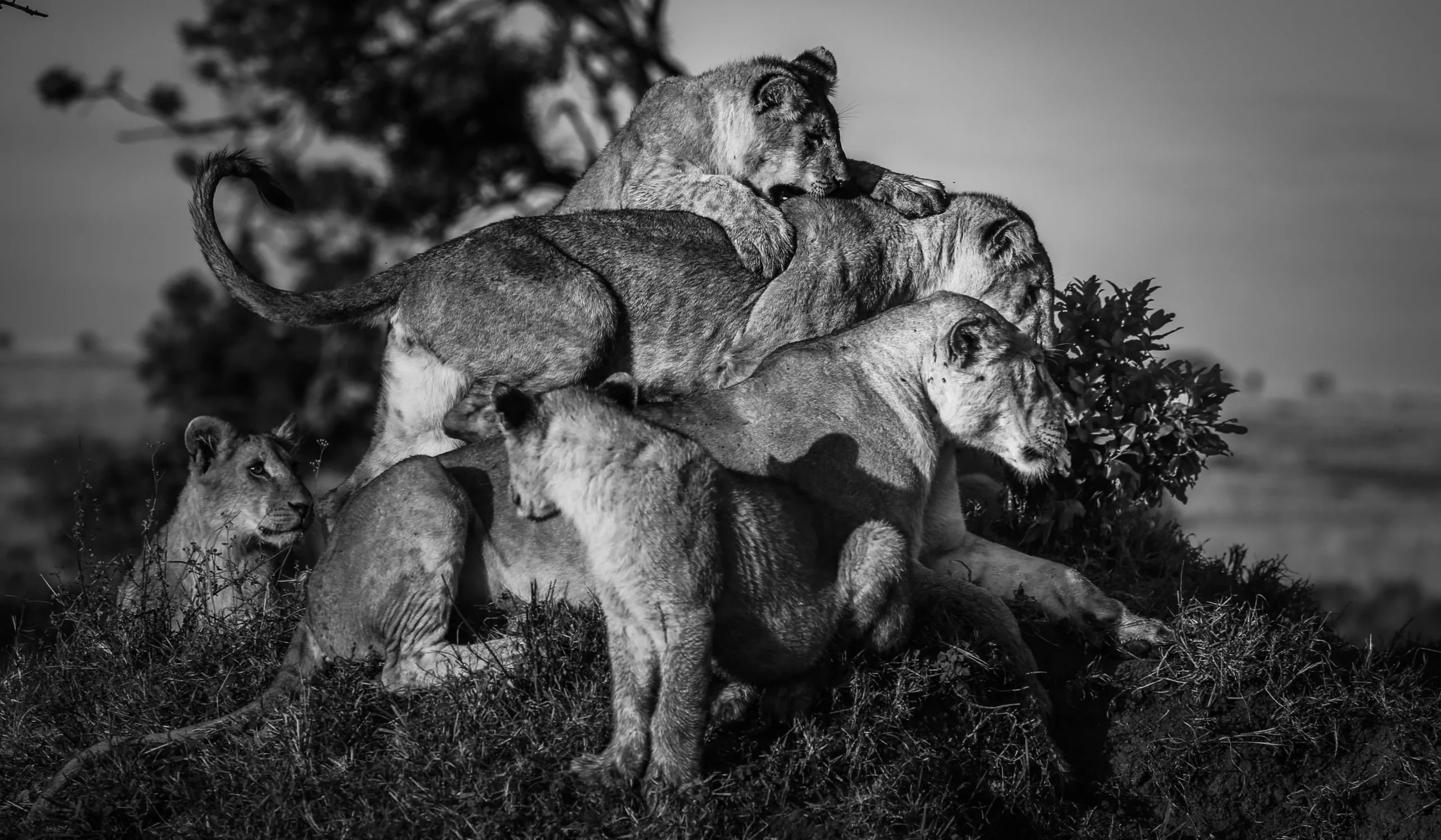
Get started on your trip
It’s never too soon to get in touch, we are here to help with every stage of your planning.
Best Lodges
We regularly inspect and photograph all of the the best lodges, to ensure that we always recommend the most suitable options
Key Locations
Take a look around related locations. Click ‘View more’ to explore locations further afield.
